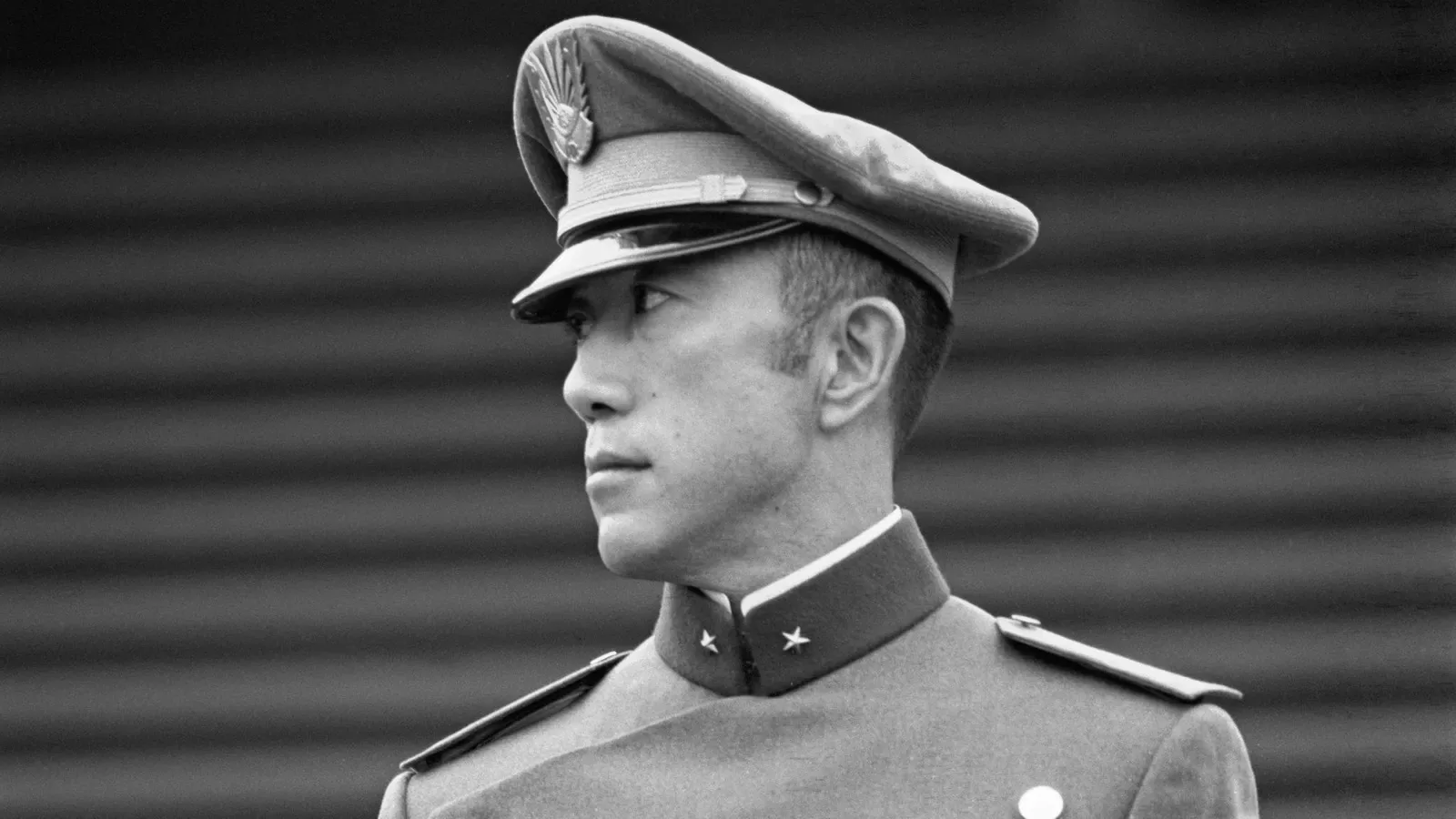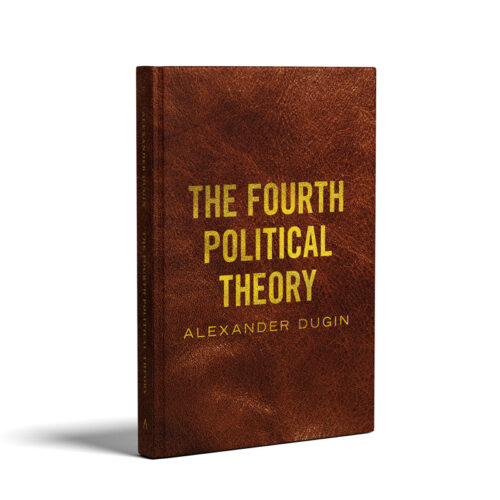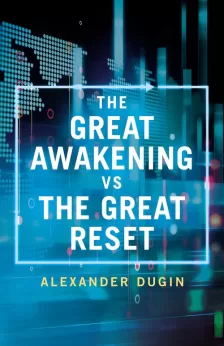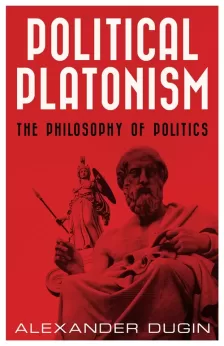The word “culture” has been used very casually in the twentieth and twenty-first centuries, especially in the thoroughly modern, nebulous, and deceptive field of sociology. But what exactly is culture? Why should it be preserved? Many have only had a vague impression of the word “culture” in their minds and have never really thought about the true nature of culture. This is because, at least until today, a conscious “culture” has not permeated every corner of national and, indeed, international life. In recent years, however, the term has become a frivolous one, attached to the name of whatever strange thing is fashionable at the moment, and given rise to a sense of frivolity and preoccupation with the obsessions of the front-runners in society. Even among people who knew something about culture, the term “cultural life” was thought to refer to the lifestyles of the rich and affluent classes who were proud of their modern tastes, while the term “cultural projects” tended to be associated with extravagant acts of charity and work that was neither poisonous nor medicinal.
However, this is not the correct meaning of culture. Culture is more about what we have learned and how we conduct our daily lives, especially on a national level, and the ideals, mindset, and methods of living that we use to do so. From an aesthetic perspective, culture can be defined as the expression of a society’s artistic creations, values, traditions, and customs. It encompasses the aesthetic sensibilities, creative endeavors, and symbolic representations that reflect a community’s shared understanding of beauty, expression, and identity.
The artwork that adorns our walls and alcoves, the phrases we use in conversation, various historical and literary allusions, and even the utensils that we use to eat are already part of our respective cultures. In Japan, for example, we can eat well enough without elegant tea bowls and lacquered dishes, of course. However, the fact that we use tea bowls and lacquered dishes is what shows our culture in daily life. If the same bowls and lacquerware are as useful, durable, and beautiful in shape and color as possible, they are culturally superior. At the same time, if these utensils are handled skillfully and maintained so that they are pleasant to eat with, that alone is a beautiful contribution to cultural life.
One of the most striking aspects of Japanese culture is its profound aesthetic sense. From the refined art of flower arrangement, known as ikebana, to the delicate art of tea ceremony, called chadō and brought to Japan from China in the ninth century by the Buddhist monk Eichū, the Japanese have perfected the art of finding beauty in simplicity. The elegant principles of haiku, which embrace imperfection and transience, are woven into the fabric of Japanese aesthetics, creating a unique and serene visual language. “It is one of the great duties of the Japanese people to bequeath to the world, as reflected in our history. However, such a spirit is gradually disappearing from our motherland. It is fortunate, however, that there are still a few occasions in our motherland to come into contact with such a spirit…” Yojūrō Yasuda wrote. The classics are truly inseparable from a culture. “This is a spirit belonging to our ancestors – not only Japan’s, but to all ancestors – it is the burning of a flame invented by geniuses and passed on to geniuses, a flame not yet extinguished, neither in prose nor in criticism,” renowned author Ryūnosuke Akutagawa wrote a decade earlier.
Russian culture, too, for example, is one cultivated from centuries of history, rich traditions, and captivating artistry. It encompasses a vast expanse of land, spanning from Eastern Europe to Northern Asia, and has been shaped by a diverse range of influences, resulting in a unique and captivating heritage. One of the most remarkable aspects of Russian culture is its deep appreciation for the arts. From literature to painting, music to ballet, Russia has produced some of the world’s most celebrated artists. Writers like Dostoevsky, Tolstoy, and Gogol have crafted profound literary works that explore the complexities of the human condition. Their writings, often darkly beautiful, are known for their depth, philosophical introspection and emotional resonance. They were able to capture the subtleties of human emotions and faithfully detail the relationships between people because they affirmed the way of life in the world as it was. Russian music, too, has left an indelible mark on the world. Composers such as Tchaikovsky and Rachmaninoff have created symphonies and ballets that evoke powerful emotions and transport listeners to breathtaking realms. The renowned Russian ballet tradition, epitomized by the Bolshoi and Mariinsky Theatres, is a visual feast of graceful movements, dazzling costumes, and captivating storytelling.
Throughout Europe, echoes of rich culture remain, and their beauty lies in their distinction, the opposite of the “melting pot” mentality that is espoused by the American mass media. In Italy, opulent frescoes, magnificent cathedrals, and grand palaces are testaments to the culture’s artistic genius and aesthetic sensibilities, and in Germany, the cultural offerings are equally captivating, with renowned contributions to music, literature, philosophy, and the visual arts. The symphonies of Beethoven, the literary masterpieces of Goethe, and the philosophical insights of Nietzsche and Kant are testaments to Germany’s intellectual and artistic prowess.
These are the things that the globalist media seeks to extinguish. “Socialism is nothing other than the compulsory unity of humanity,” Dostoevsky wrote.
Pondering the matter further, it is impossible not to realize how much culture influences our daily lives. It can be said that the healthier the culture, the better the lives of the people, and thus the greater the national strength, both materially and spiritually. Tradition encompasses all manner of aesthetic language and symbolism.
Therefore, the traditionalist, especially, should seek and cultivate, both directly and indirectly, from various sources, the principles necessary to fill the deficiencies of modern culture, to protect and nurture the excellent culture unique to one’s nation, and to build a vital future for tomorrow. Above all, while we are making desperate efforts to emerge victorious from the current difficulties, the scarcity of culture will, of course, have to be endured for some time longer. Naturally, I am referring to the American domination of mass media. However, even if we must endure the same hardships, the dissenters as a whole must look forward to tomorrow’s battles with more vigor and hope than ever before. For this reason, I hope that any proponents of traditional cultures, be they in the East or the West, have a strong mutual trust that they will not, under any circumstances, abandon their histories. We also need to be reassured that if we are to join forces and use our wits together, there is still plenty of room for improvement. However, the governments and those who are brave enough to resist cultural suicide must be more serious and try to understand where the weaknesses of the current culture lie. It is not too late to say that the biggest cause of today’s new system is the lack of effort in this area, nor is it too late to remedy such a thing.
The reason why this world cannot be said to have improved in human terms, despite the fact that material culture is advancing day by day, is that it is moving further and further away from a truly moral culture and society. In this sense, not only can the world not be said to have progressed, but the cultural front has also declined because of the neglect of the spiritual dimension. When human beings strive for the ideals of goodness and beauty, they can make progress and improve themselves, but when they are subjugated by the ideals of others, they lose sight of their own paths. “To preserve the great art of the past is to preserve our spirit,” as Yojūrō Yasuda so beautifully put it.
Neither the course of life nor the form of life will be unequivocally determined. Therefore, when a principle rises, an antipodal principle arises. Thus, the truth is usually found in the course of the conflict between them. The true martyrs, however, are the fanatics in each case. In other words, they are the noble victims in the construction of the new society.
But here, when a political movement comes into vogue, everyone turns towards it and has no regard for others. When a new idea comes in, there is a tendency to believe in it without considering it. I am devoted to poetry and art, but I cannot help feeling that there is a lack of institutions that truly defend art. There are those who, through shallow ideology, try to trap artists in conventional culture, or those who, with a sense of political purpose, try to inculcate a Marxist class mentality, etc.
Recently, I have had the pleasure of translating several pieces by the controversial Shōwa-era philosopher, critic, and poet Yojūrō Yasuda. One of these in particular, “Preservation of National Treasures,” ostensibly about the famous Hōryū-ji Temple, is especially prescient. The piece was written in 1936, and at the time, the media and, in turn, the culture were under strict government control. Yasuda was very much a traditionalist in the same tradition as Yukio Mishima or Julius Evola, an avowed classicist who was heavily influenced by Japanese mysticism. In Yasuda’s most famous and influential piece, “Japanese Bridges,” something between an essay and a prose poem, he wrote, “Again, the classics are not things of the past – they are the present, belonging to us, for the sake of our future resolutions.”
In the essay “Preservation of National Treasures,” Yasuda first describes the preservation efforts for the Hōryū-ji Temple, sponsored by the government; here, he subtly implies that Japan, too, is being forcibly and unnaturally “preserved” through government efforts, and the result is an artificial and uncanny culture. “However, where the old wood was used as it was and only the topcoat was renewed, it could not help but peel off unnaturally.”
Ancient temples, such as the Hōryū-ji, have undergone major historical repairs since ancient times, and indeed some of them are well-known for their faithful preservation of the charms of the respective periods in which they were built. The question, then, is raised as to whether they should be preserved in their original form or restored to their original state. Yasuda admits that this is not simply a question of the preservation of antiquities. Hōryū-ji is “not only a mere antiquity, but also a monument of the past that always inspires the people of the country, as well as an eternal standard of beauty that always lives on in the new day.” Hōryū-ji is not outstanding because it is in ruins in its ancient form, he argues, but because it is a work of art in its own right, a work of perpetual excellence. In an especially timely slight, Yasuda notes that Japan’s national education has been limited to the use of such foolish phrases as “the world’s oldest wooden building.” Upon reading this, how can one not be reminded of the recent litany of various “first woman XX,” or “first XX of color”? Of course, these figures are never valued for their talent or merit – which is often dubious – but rather for their race, gender, or sexuality. “Those who rejoice in this are not the ones who are in vain,” Yasuda warns, chastising the decisions made by officials who have no appreciation for the arts who find themselves satisfied with such measures. The modern proponents of diversity for its own sake suffer from a similarly willful artistic blindness.
For Yasuda, however, “Our national treasures are not defended because of their antiquity. They are protected because they are great works of aesthetic art.” In other words, he values for merit, rather than arbitrary characteristics. He argues against the pedantic view that pervades the modern educational system. It is remarkable and startling how the educational system of the Anglosphere resembles the militaristic system of late Meiji and Taishō Japan. In his unfinished autobiography, Ryūnosuke Akutagawa describes learning the “…details of Western history, the equations of chemistry without experimentation, the number of inhabitants of a Western city – all useless trifles. With some effort, it was not a difficult task. But it was also difficult to forget the fact that it was useless minutiae.” Somewhat amusingly, all three of his sons, Hiroshi, Takashi, and Yasushi Akutagawa described similar experiences in their schooling. I have met American teachers who teach their students Shakespeare’s birthday without having them read any of Shakespeare’s works. Recently, the outbreak of Russophobia has resulted in Dostoevsky and Tolstoy being stricken from curriculums. In such settings, the classics are reduced to mere data. Female authors and whichever artist can boast the most bizarre pronouns are promoted.
In a materialistic age such as today, it is our duty as traditionalists to protect the purity and beauty of the great deeds of our various nations. But this is an obviously decadent time. Our ancient national pride, and the arts and literature especially, are being abused, and the ancient arts are not being protected. History is being rewritten. “The classics, which were once passed in the face of foreign enemies for the sake of national glory, are today banned,” Yasuda wrote.
In the third section of “Preservation of National Treasures,” provocatively called “Antiquities and Cannonballs,” Yasuda describes this very literally: for the war effort, ancient Buddhist sculptures were being melted down and molded into cannonballs. He describes proponents of this as “bullet theorists.” “Even if we think about Japan today, we are in a time when the perversion of patriotism is still likely to emerge.” Very literally, antiquities were weaponized, obviously resulting in their destruction. “I consider it a contradiction in the theory that the traditional arts of one’s own country are used for the sake of national defence.” Although Yasuda was Shintō, rather than Buddhist, it is easy to understand his righteous indignation at this iconoclasm, and we obviously see similar actions today. To put it as simply as possible, art is reduced to the practical; this is seen on both sides of the political spectrum. From the left, we see hideous modern “art” subsidized by public funds, and from the right, we sometimes see the proliferation of an aesthetic that I describe as “CGI Norman Rockwell,” a romanticization of something that never existed. From the left, we see the false argument that obese women have historically been considered desirable and beautiful, and from the right, we see those in rural America who call themselves conservatives yet describe those who are classically literate as effeminate. Both are artistic blasphemy. “If antiques are to be used as ammunition, this is a great contradiction of the national defense advocates,” Yasuda wrote. “… Do not call this playing with the legacy of the past, and do not laugh at us as children who do not know the four corners of the earth, for war is always a sacrilege of the Logos.” He puts it even more bluntly: “These progressives are not interested in talking about culture.” In spite of the perversion of culture, we should strive to remain pure. Those who seek the destruction of the classics for the sake of progress are no better than the “bullet theorists” described by Yasuda.
The most vivid aspect of the present crisis of culture is that the classics, the essence of history and the proud blood of our various nations, are now being destroyed by those artificially elevated nouveau riche who consider themselves to be the elites. But the art of the revolutionary era is completely different from the art that was born under the declaration that art is fermented in a revolutionary spirit. The first is a product of the peaceful era, decoration, and entertainment, while the latter is a cry born of a combative spirit. It is for this reason that they are genuinely different.
Art is the fruit of blood and tears, but at the same time it is a revolutionary flame that purifies life. True artists are pioneers, and their actions truly emanate from a spirit of sacrifice. Academic progressive art, however, is a defense of legalism. For these progressives, it is not a question of taste or knowledge, but of butchering the arts.
I will end with another prescient observation by Yasuda. “It is inevitable that those who are supposed to have prestige and rank, say professors and doctors of learning, have no expectations of anything, and that the classics are being massacred in the country by the power of the time. There are no young people to protect them. Who will insure the traditional arts of tomorrow? Who will insure the art of folklore today?”









